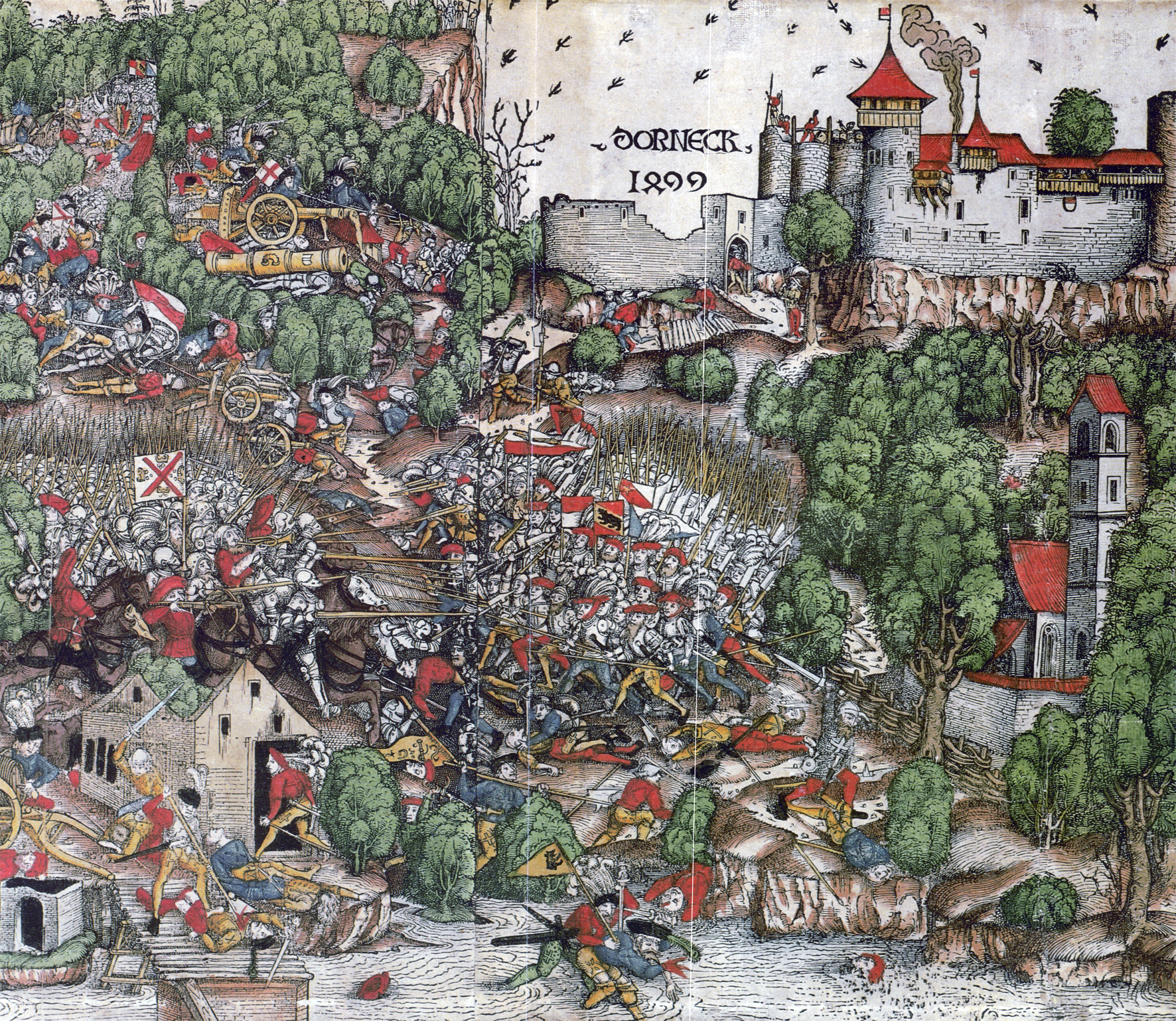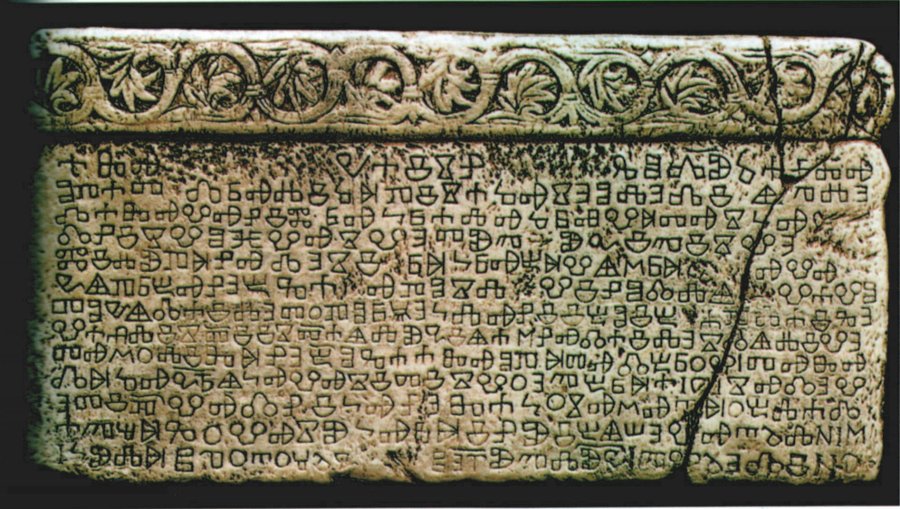Classification in classical sources
In the classical sources, the ethnonym Suebi is used with two different meanings: the specific tribe of Caesar's campaign, "dwelling on the Main", and "broadly, to cover a large number of tribes in central Germany."[5] The broad view is expressed in Tacitus's Germania, a basic written source for the Suebic peoples that states:[6]
We must come now to speak of the Suebi, who do not, like the Chatti or Tencteri, constitute a single nation. They actually occupy more than half of Germany, and are divided into a number of distinct tribes under distinct names, though all generally are called Suebi.
For Tacitus, the Suebi comprise the Semnones, who are "the oldest and noblest of the Suebi";[7] the Langobardi;[8] the seven tribes of Jutland and Holstein: Reudigni, Aviones, Anglii, Varini, Eudoses, Suarini, Nuitones;[8] the Hermunduri on the Elbe;[9] three tribes along the Danube: Naristi, Marcomanni, Quadi;[10] the Marsigni and Buri.[11] Then there is a mountain range, and beyond that, in the drainage system of the Vistula, Tacitus places five tribes of the Lugii including the Harii, Helveconae, Manimi, Helisii and Naharvali;[11] the Gothones, Rugii, Lemovii along the Baltic Sea;[11] all the states of the Suiones, located in peninsular Scandinavia;[12] and finally the non-Germanic Aestii,[13] and the Sitones, beyond the Aestii along the Baltic yet "continuous with the Suiones".[13] Says Tacitus then: "Here Suebia ends."[14]
But few clues to the identity of the Suebi are given by Tacitus. They can be identified by their fashion of the hair style called the "Suebian knot", which "distinguishes the freeman from the slave";[15] in other words, was intended as a badge of social rank. The same passage points out that chiefs "use an even more elaborate style."
For Tacitus, a second criterion for being Suebian is residence in a territory recognized as Suebia, not identified by any linguistic coherence, apparently: Tacitus' modern editor Arthur J. Pomeroy concludes "it is clear that there is no monolithic 'Suebic' group, but a series of tribes who may share some customs (for instance, warrior burials) but also vary considerably."[16] The Suebia of Tacitus comprises the entire periphery of the Baltic Sea, including within it tribes not identified as Suebi by modern historians: the Sitones, for instance, who must have resided where Lapland and Finland are now, where Uralic has been spoken since Antiquity. In addition, on the south shore of the Baltic are the Aestii, in the territory of modern-day Baltic language speakers, or where they have been (Prussia), again equally as ancient as the Germanic-speakers.
A third criterion for Suebi simply involves sharing in the name Suebi, which is "indeed genuine and ancient" Tacitus reports
Суеби























 Ово још нисам прочитао...
Ово још нисам прочитао...















